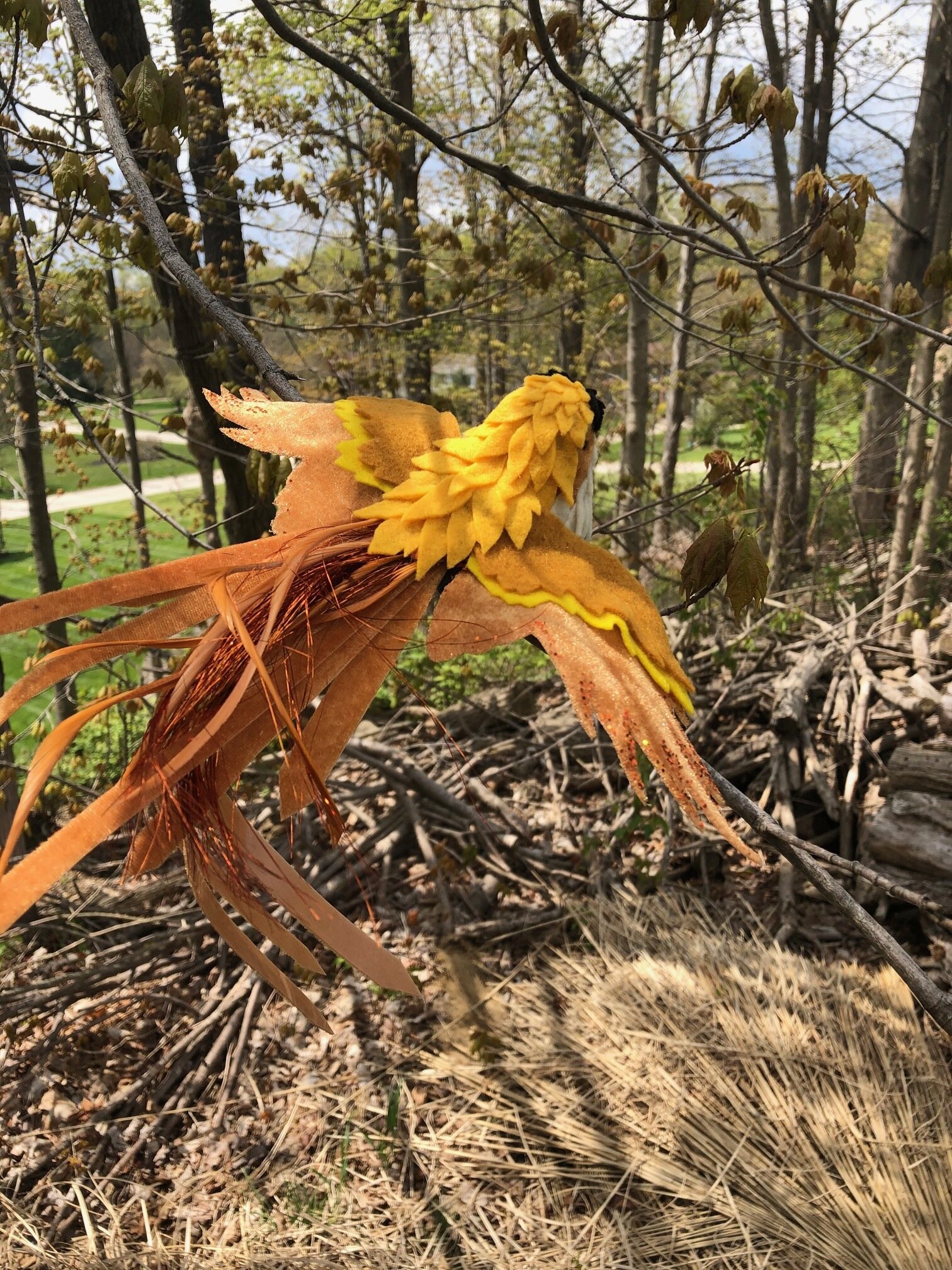Alicanto
Michael MacWolff
Cryptologic Name: Alchimiave aurum
Planar Origin: Materia
Habitat: Arid regions
Diet: Carnivorous, eating mostly insects
Appearance & Morphology
The alicanto, commonly known as the “alchemy bird,” is a small songbird that is primarily golden in color, with dark patterns on its brow and belly and a white patch on its chin. These birds have long, streaming tails and a metallic shimmer to many of their feathers. The alicanto’s eyes glow silvery-white in low light.
Magical Abilities
These incredible birds live up to their common moniker as their excrement contains a powerful alchemical reagent that can turn sand into gold. This reagent works on sand in many different forms including sandstone and some other materials that are similar in chemical structure (the silica seems to be the most relevant ingredient but appears not to be the only necessary component)
Behavior
Like many creatures that make their homes in the desert, the alicanto is nocturnal, emerging at night to hunt for insects and returning to their homes before dawn. These birds are rather unique in that it only nests in sheltered caves. Because of this and the unique properties of the bird’s droppings, an alicanto’s cave will become gilded over time. This makes them incredibly valuable for anyone who can find them, but between the natural dangers of the desert as well as the wiles of the birds themselves, it is not an easy endeavor to claim an alicanto’s treasure.
Field Notes
Alicantos are cunning and mischievous creatures; they seem to have an understanding of the value of the gold they produce and as such are very protective of it. When they become aware that they are being followed, these cunning birds will often lead their pursuers over cliffs, into pits of quicksand, or sometimes into areas with dangerous predators. If you come across an alicanto and wish to find its lair, but very cautious that the bird doesn’t see you, or at the very least be vigilant in observing your surroundings.
There is a related species, A. argenti, known as the “silver alicanto,” for its corresponding grey and metallic silver coloration. As you might guess, they also have alchemical poop that turns things to silver rather than gold. These birds are much rarer than their gold counterparts.
